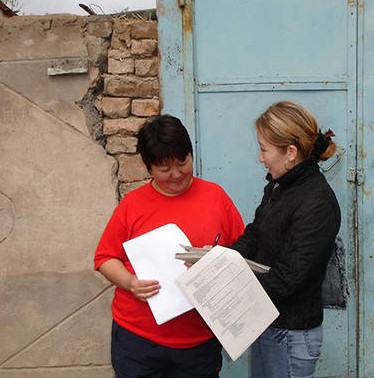The Food Insecurity Experience Scale
Eight Key Questions
The FIES Survey Module (FIES-SM) consists of eight questions regarding people's access to adequate food, and can be easily integrated into various types of population surveys

The FIES Survey Module
The FIES-SM questions refer to the experiences of the individual respondent or of the respondent’s household as a whole. The questions focus on self-reported food-related behaviors and experiences associated with increasing difficulties in accessing food due to resource constraints.
During the last 12 months, was there a time when, because of lack of money or other resources:
1. You were worried you would not have enough food to eat?
2. You were unable to eat healthy and nutritious food?
3. You ate only a few kinds of foods?
4. You had to skip a meal?
5. You ate less than you thought you should?
6. Your household ran out of food?
7. You were hungry but did not eat?
8. You went without eating for a whole day?
The Global Reference Scale
The set of eight questions compose a scale that covers a range of severity of food insecurity. The FIES global reference scale is based on results from the application of the FIES survey module in countries covered by the Gallup World Poll in 2014, 2015 and 2016. Food insecurity prevalence rates from different countries can be made comparable by calibrating them against this global reference.

The FIES is a statistical scale similar to other widely-accepted scales designed to measure unobservable traits such as aptitude/intelligence, personality, and a broad range of social psychology and health-related conditions. Responses to the questions must always be analyzed together as a scale, not as separate items. Comparability of results across countries is achieved through the use of statistical techniques borrowed from the toolkit of Item Response Theory (IRT) models, commonly used in the educational and psychological testing fields.
